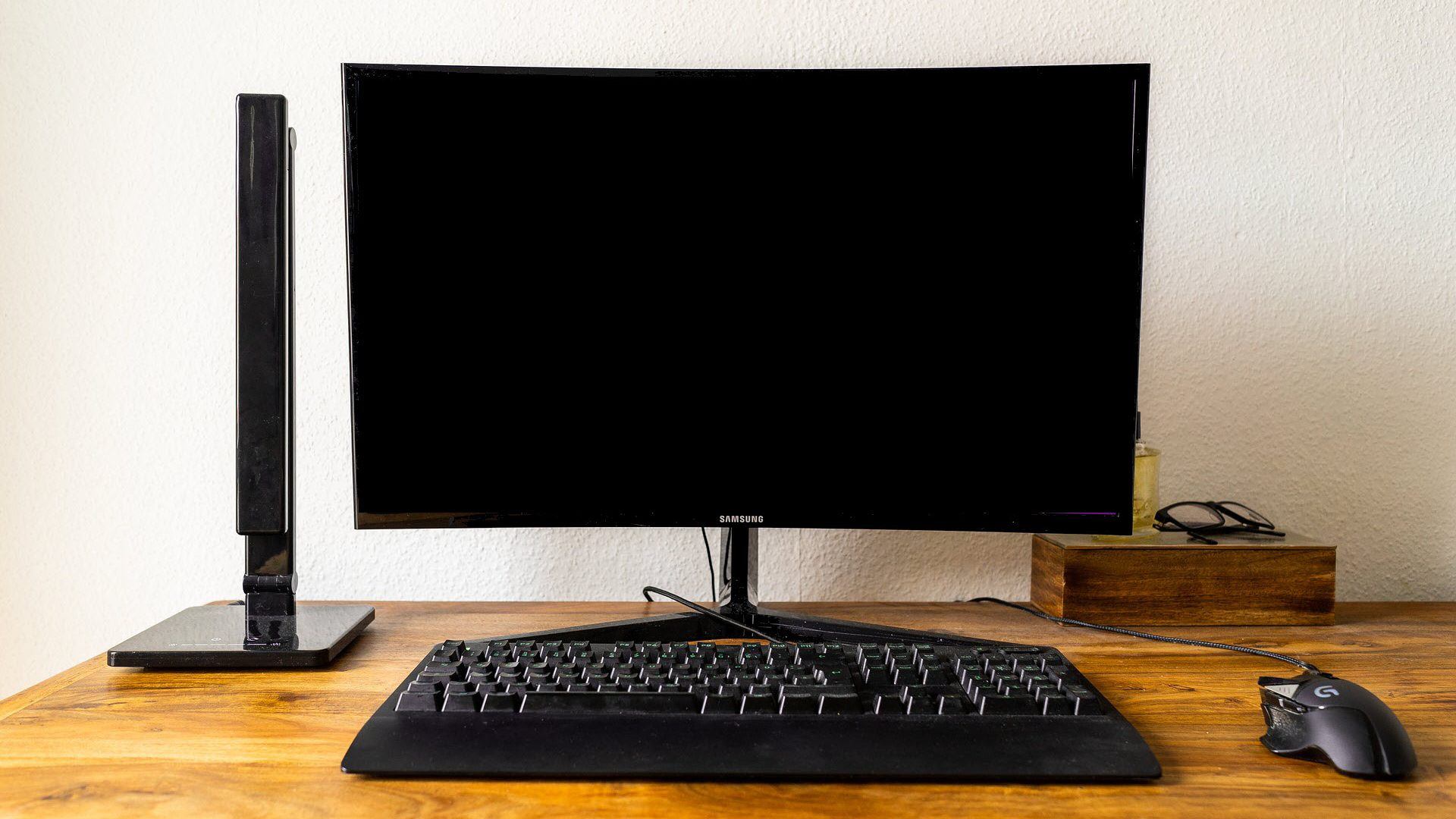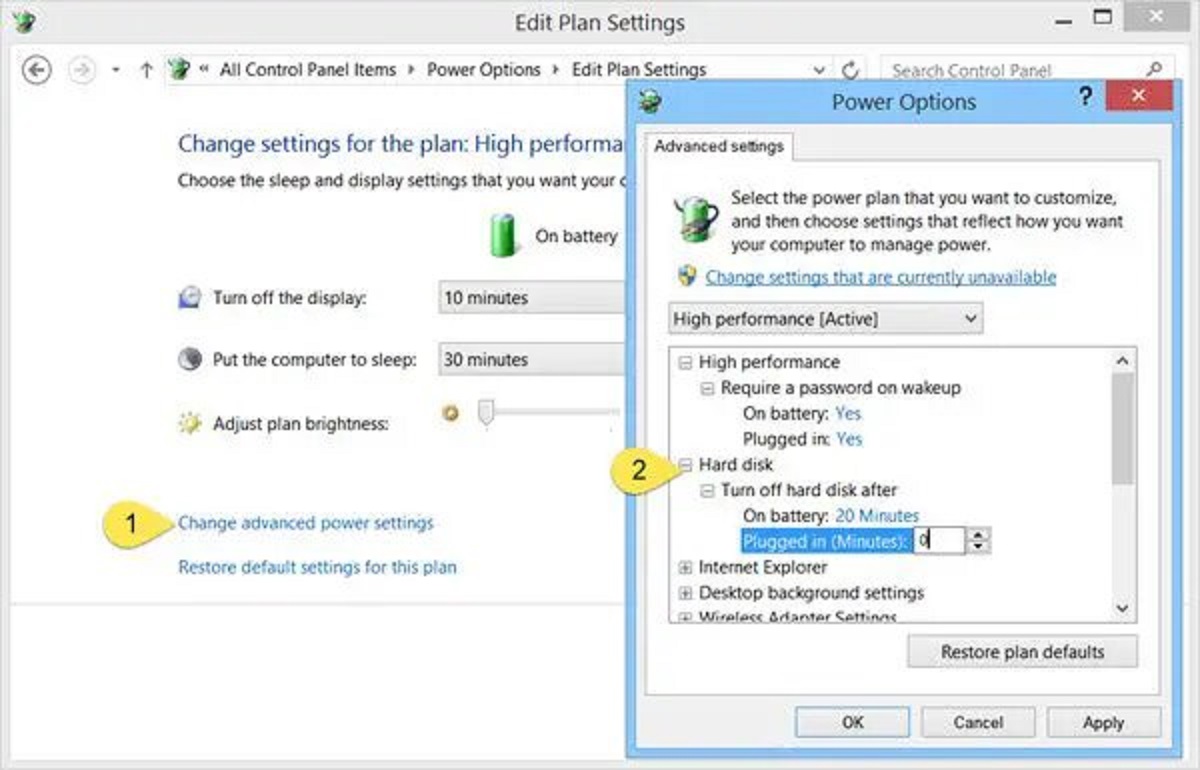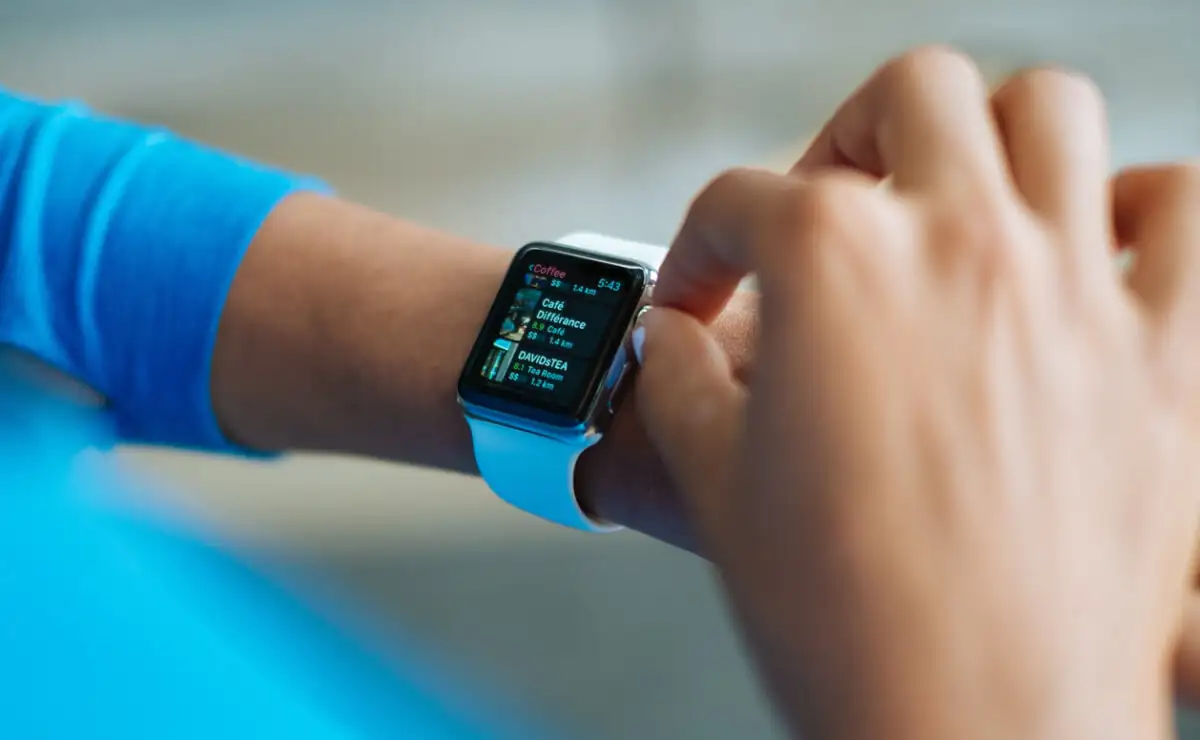Introduction
Have you ever experienced the frustration of your monitor going to sleep while you’re working on an important task? It can disrupt your workflow and cause unnecessary delays. But fret not, as there are several methods you can employ to prevent your monitor from going to sleep.
In this article, we will explore various techniques that can help you keep your monitor awake and avoid the annoyance of it going into sleep mode. Whether you’re using a Windows PC or a Mac, these methods are applicable across different operating systems. So, let’s dive in and explore the solutions to this common issue.
Before we proceed, it’s important to note that modifying certain settings might require administrator access or technical knowledge. If you’re unsure about making any changes, it’s always recommended to seek assistance from a professional.
Now, let’s delve into the different methods you can employ to prevent your monitor from going to sleep.
Method 1: Adjusting Power and Sleep Settings
One of the simplest solutions to prevent your monitor from going to sleep is by adjusting the power and sleep settings on your computer. This method allows you to customize the duration after which your monitor goes to sleep when it’s inactive.
If you’re using a Windows PC, follow these steps:
- Click on the “Start” button, then go to “Settings” (the gear icon) and select “System.”
- In the System settings, click on “Power & Sleep” from the left-hand navigation menu.
- Under the “Screen” section, you can adjust the drop-down menu for “When plugged in, turn off after” and select a longer duration or “Never” if you want to keep your monitor awake.
- Repeat the same steps under the “Sleep” section to adjust the duration for when the computer itself goes to sleep.
If you’re using a Mac, the process is slightly different:
- Click on the Apple menu at the top-left corner of your screen and select “System Preferences.”
- In the System Preferences window, click on “Energy Saver.”
- Here, you can adjust the “Turn display off after” slider to increase the time before your monitor goes to sleep.
- Additionally, you can uncheck the “Put hard disks to sleep when possible” option to ensure that only the display goes to sleep and not the entire system.
By adjusting these settings, you can extend the time before your monitor goes to sleep, providing you with uninterrupted screen time.
Method 2: Disabling Screen Saver
Another common cause of your monitor going to sleep is the screen saver. Screen savers were originally designed to prevent burn-in on old CRT monitors, but they can interfere with your workflow on modern displays.
To prevent your monitor from going to sleep due to a screen saver, follow these steps:
- If you’re using a Windows PC, right-click on the desktop and select “Personalize.”
- In the Personalization settings, click on “Lock screen” from the left-hand menu.
- Scroll down and click on “Screen saver settings.”
- In the Screen Saver settings window, select “None” from the drop-down menu and click “Apply” to disable the screen saver.
If you’re using a Mac, the process is slightly different:
- Click on the Apple menu at the top-left corner of your screen and select “System Preferences.”
- In the System Preferences window, click on “Desktop & Screen Saver.”
- Switch to the “Screen Saver” tab and choose “Start after: Never” to disable the screen saver.
By disabling the screen saver, you eliminate another factor that can cause your monitor to go to sleep. This way, you can maintain an active screen for as long as you need without interruptions.
Method 3: Using Third-Party Software
If adjusting the power settings or disabling the screen saver doesn’t resolve the issue of your monitor going to sleep, you can consider using third-party software to keep your monitor awake.
There are several applications available that can prevent your monitor from entering sleep mode. These programs work by simulating user activity, ensuring that your monitor remains active even when you’re not actively interacting with your computer.
Here are a few popular third-party software options:
- Caffeine: Caffeine is a lightweight utility available for both Windows and Mac that can keep your monitor awake. It adds a small icon to your taskbar or menu bar, which you can simply click to activate or deactivate the caffeine mode.
- Amphetamine: Amphetamine is a powerful utility exclusively for Mac users. It allows you to create custom profiles to determine when your display should remain active and when it can go to sleep.
- NoSleep: NoSleep is another useful application for Mac that prevents sleep mode when the power adapter is disconnected. This is particularly handy for MacBook users who want to keep their display on while working without being connected to a power source.
Before installing any third-party software, make sure to read user reviews and ensure that it is compatible with your operating system. Additionally, be cautious of downloading software from untrusted sources to avoid any potential security risks.
By using reliable third-party software, you can have better control over your monitor’s sleep behavior and ensure that it stays awake when you need it most.
Method 4: Modifying Registry Settings
If you’re comfortable making advanced system changes, you can modify the registry settings on a Windows PC to prevent your monitor from going to sleep. However, it’s important to note that modifying the registry can have unintended consequences, so proceed with caution and make sure to follow the steps carefully.
Here’s how you can modify the registry settings:
- Press Win + R on your keyboard to open the Run dialog box. Type regedit and press Enter to open the Registry Editor.
- Navigate to the following path: HKEY_LOCAL_MACHINE\SYSTEM\CurrentControlSet\Control\Power\PowerSettings\7516b95f-f776-4464-8c53-06167f40cc99\8EC4B3A5-6868-48c2-BE75-4F3044BE88A7.
- Double-click on the Attributes value and change the value data to 2 to prevent the monitor from going to sleep.
- Click OK to save the changes.
- Restart your computer for the changes to take effect.
It’s essential to exercise caution when modifying registry settings, as making a mistake can lead to system instability or other issues. If you’re unsure about modifying the registry yourself, it’s best to seek assistance from a technical expert.
By modifying the registry settings, you can have greater control over your monitor’s sleep behavior and ensure that it remains active when you need it.
Method 5: Updating Graphics Card Drivers
Outdated or incompatible graphics card drivers can sometimes be the culprit behind your monitor going to sleep unexpectedly. Updating your graphics card drivers can resolve this issue and keep your monitor active as desired.
Here’s how you can update your graphics card drivers:
- For Windows users, right-click on the Start button and select “Device Manager.”
- In the Device Manager window, expand the category for “Display adapters” to reveal your graphics card.
- Right-click on your graphics card and select “Update driver.”
- Choose the option to automatically search for updated driver software. Windows will then search online for the latest drivers and install them if available.
For Mac users, follow these steps:
- Click on the Apple menu at the top-left corner of your screen and select “System Preferences.”
- In the System Preferences window, click on “Software Update.”
- MacOS will automatically check for updates, including graphics card driver updates. If any updates are available, click “Update Now” to install them.
Updating your graphics card drivers ensures that your graphics card is running optimally and can prevent compatibility issues that may cause your monitor to go to sleep.
If you’re using a dedicated graphics card, make sure to visit the manufacturer’s website to download the latest drivers directly from them. This is especially important for gamers or users who require specific driver versions for their applications.
By keeping your graphics card drivers up to date, you can ensure the smooth operation of your monitor and prevent any unexpected sleep mode interruptions.
Method 6: Resetting Power Plans
If none of the previous methods have resolved the issue of your monitor going to sleep, you can try resetting the power plans on your computer. Resetting the power plans can help eliminate any conflicting settings or configurations that may be causing the problem.
Here’s how you can reset the power plans:
- For Windows users, press Win + X on your keyboard and select Power Options from the menu.
- In the Power Options window, click on Additional power settings on the right-hand side.
- In the next window, click on Change plan settings next to your current power plan.
- Click on Change advanced power settings to open the Advanced Settings dialog box.
- Locate the Sleep option and expand it to reveal the sub-options.
- Reset the Allow hybrid sleep and Hibernate after settings to their default values.
- Click OK to save the changes and exit the Advanced Settings dialog box.
For Mac users, follow these steps:
- Click on the Apple menu at the top-left corner of your screen and select System Preferences.
- In the System Preferences window, click on Energy Saver.
- Click on the Battery or Power Adapter tab depending on your current power source.
- Click on Restore Defaults to reset the power plan settings to their original configurations.
By resetting the power plans, you can eliminate any customized settings that may be causing your monitor to go to sleep unexpectedly.
After resetting the power plans, monitor your computer for any changes in the sleep behavior. If the issue persists, you may need to explore other troubleshooting methods or seek assistance from a professional.
Conclusion
Dealing with a monitor that goes to sleep can be frustrating, but thankfully there are various methods you can employ to keep it awake. By adjusting power and sleep settings, disabling the screen saver, using third-party software, modifying registry settings, updating graphics card drivers, and resetting power plans, you can prevent your monitor from going to sleep and enjoy uninterrupted screen time.
Remember to approach these methods with caution, especially when making changes to the registry or installing third-party software. If you’re unsure about making any modifications, it’s always a good idea to seek assistance from a professional.
Whether you’re using a Windows PC or a Mac, these solutions are applicable across different operating systems. By implementing these methods, you can take control of your monitor’s sleep behavior and avoid the frustration of disruptions during your important tasks.
Take the time to experiment with these methods and find the one(s) that work best for you. The key is to strike a balance between keeping your monitor awake and managing power consumption effectively.
With the right adjustments and settings, you can enjoy uninterrupted productivity and a more seamless computing experience. Say goodbye to your monitor going to sleep when you need it to stay awake!























